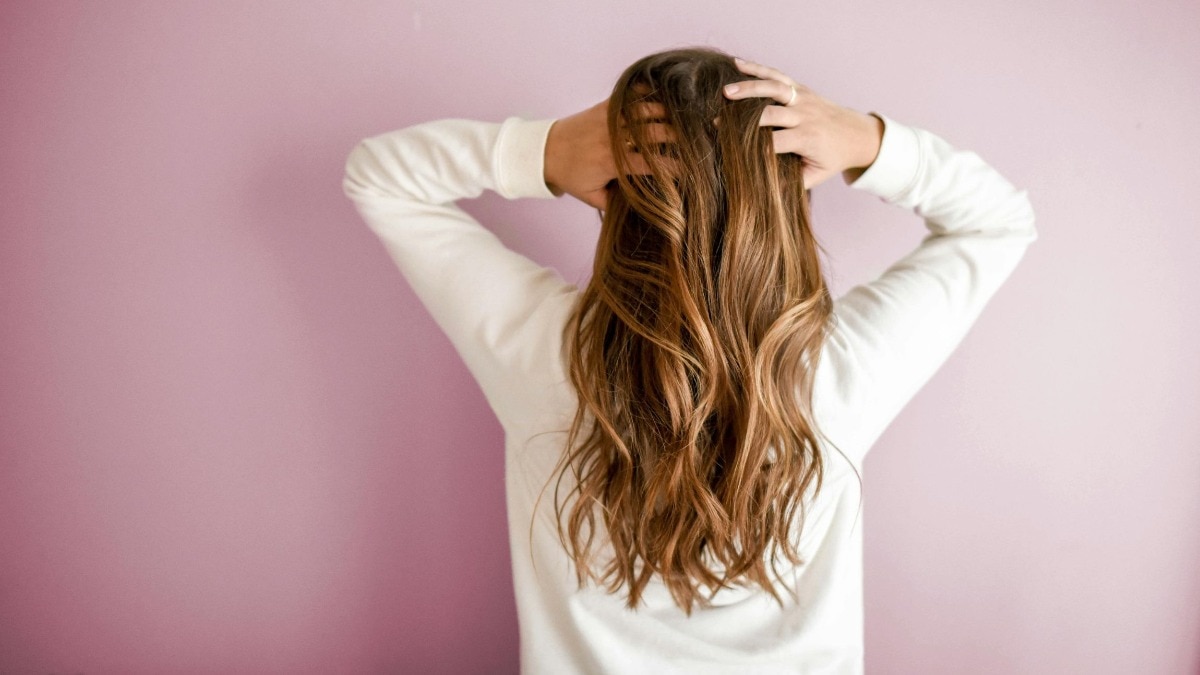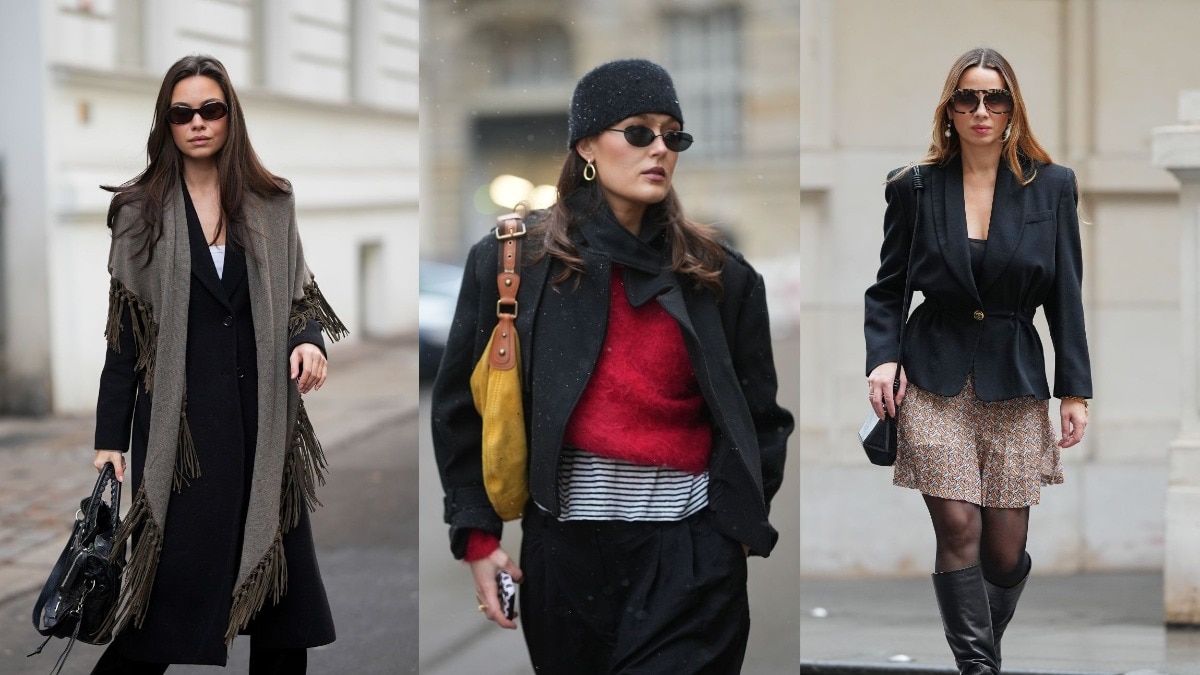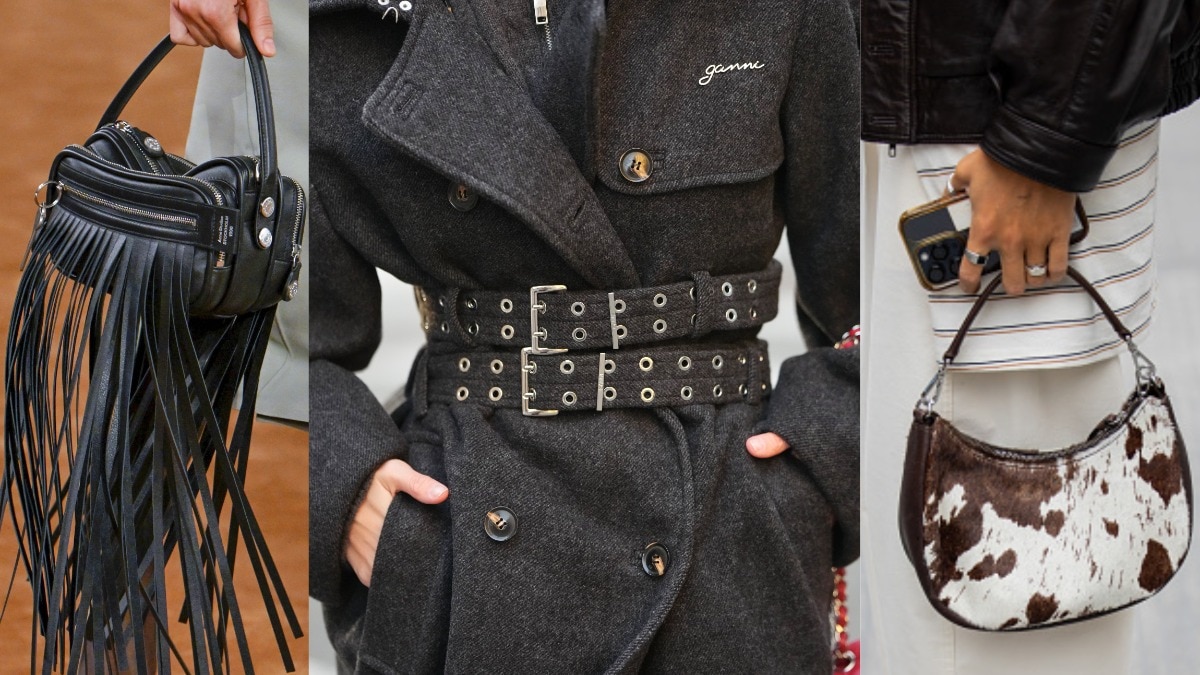
How did the ancient practice of Ayurveda became a part of modern skincare?
From Ayurvedic herbs in ingredient lists to hair oiling rituals added to your #selfcaresunday, we take a dive into how beauty came to incorporate the ancient science.


Let’s start with what Ayurveda isn’t. Despite what your Instagram feed may tell you, it’s not a trend, it’s not a fad, and it’s definitely not a novel idea. In fact, Ayurveda is an ancient science, specifically the science of life (in Sanskrit, ‘ayur’ means life or vital power and ‘veda’ means science or knowledge), that’s been practised in Indian culture for millennia. "Ayurveda is a holistic way of looking at life that’s now being more widely recognised in the western world, especially in the beauty space," says dermatologist Dr Kiran Mian. A core tenet of the practice is the idea that your outer beauty is a mirror for what’s going on internally. It encourages you to look inwards, treating an issue, such as a breakout or a rash, both on the surface and at a deeper level. For example, triggers including seasonal changes, diet or stress can create imbalances in your system. "When someone comes to me with acne, I’ll write them a prescription,’ Dr Mian adds, ‘but I’ll also help them adjust their daily habits to reduce inflammation."
But you don’t need to visit a dermatologist to do some exploration—Sephora’s coolest new brands (Fable & Mane and Ranavat) are based on the practice’s holistic principles. And traditional Ayurvedic herbs and plant-derived ingredients such as turmeric, bakuchiol, gotu kola, rose water, and ashwagandha are becoming mainstays. So, it’s not surprising then, that the Ayurvedic beauty market is expected to be valued at £13.2 billion (₹1,339 billion) in a few years.

For some, the emergence of Ayurveda now speaks to a desire to get back to nature. "I believe that Ayurvedic beauty is becoming more mainstream in western culture because we’re starting to, through these times of global health crisis, return to nature for health, healing, and beauty," says Ananta Ripa Ajmera, a yoga instructor, spiritual teacher, and an Ayurvedic adviser at wellness retreat The Well. And while wellness-focused beauty has been around for years, the cultural component has been less integrated in the growing practice. "Now the two things are coming together," says Michelle Ranavat, founder and CEO of skincare brand Ranavat, "it means you’re really getting the full picture."
So how does this play out in your products, then? In one word: balance. Take turmeric, for example, which is now being combined with retinol in topical medications to help temper retinol’s potentially irritating side effects. For those experiencing hair loss or hair thinning, Dr Mian encourages patients to combine daily Regaine treatment with weekly hair oiling, an Ayurvedic practice that involves massaging your scalp and strands with a nourishing oil. "Regaine’s main ingredient, minoxidil, works to dilate blood vessels and stimulate blood flow to the scalp, and that’s essentially what hair oiling does with the massaging," Dr Mian explains. The products recommended on these pages are inspired by different Ayurvedic philosophies and practices and can help you manage a range of issues, including acne and split ends. "I always try to make it clear: Ayurveda isn’t just for Indian people or people who grew up practising it," says Ranavat. "It’s the same thing with these beauty secrets and products: they’re meant for everyone," she explains.
Are you ready to embrace this realm of beauty?
This piece originally appeared in the July/August print edition of Women's Health










